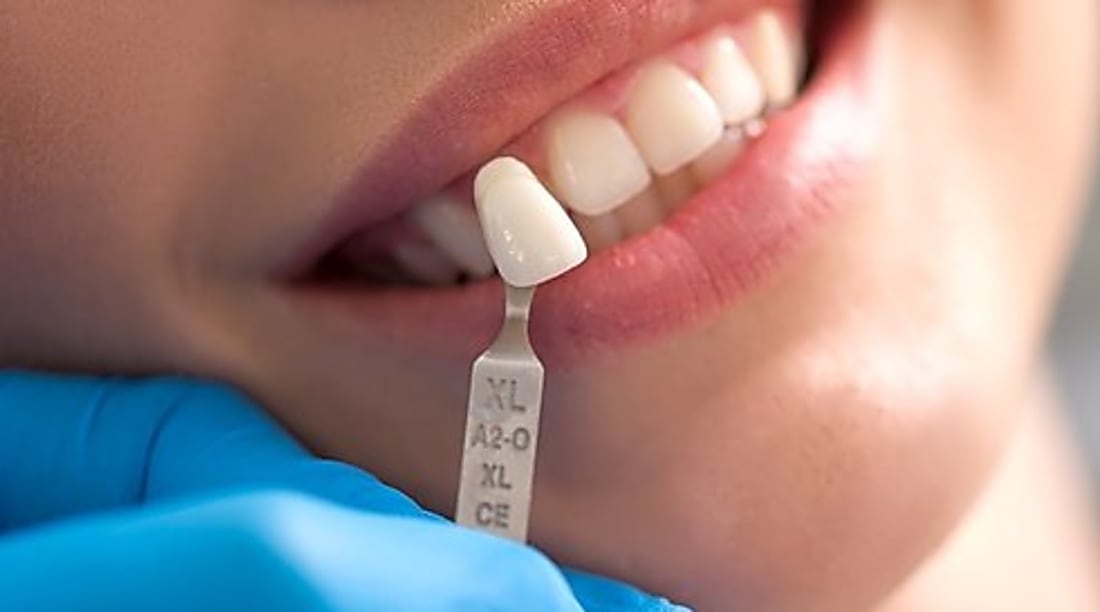Rediscover Your Confidence with Composite Bonding
Composite bonding has emerged as one of the most popular cosmetic dental procedures, offering patients a quick and effective way to transform their smiles. This minimally invasive treatment uses tooth-colored resin materials to repair chips, close gaps, and improve the overall appearance of teeth. Unlike traditional veneers or crowns, composite bonding can often be completed in a single visit, making it an attractive option for those seeking immediate results without extensive dental work.

Modern dentistry offers numerous solutions for smile enhancement, but composite bonding stands out for its versatility and accessibility. This innovative procedure involves applying a tooth-colored composite resin directly to the tooth surface, which is then sculpted and polished to achieve natural-looking results. The process has gained significant popularity due to its ability to address multiple cosmetic concerns simultaneously while preserving the natural tooth structure.
How Composite Bonding Offers Fast and Natural-Looking Solutions
Composite bonding provides remarkable results through a straightforward process that typically takes 30 to 60 minutes per tooth. The dentist begins by preparing the tooth surface and applying a conditioning liquid that helps the bonding material adhere properly. The composite resin is then applied in layers, with each layer being hardened using a special curing light. This technique allows for precise control over the final shape and appearance, ensuring seamless integration with surrounding teeth.
The materials used in modern composite bonding have advanced significantly, offering improved durability and aesthetic appeal. High-quality composite resins can be color-matched to existing teeth with remarkable accuracy, creating results that are virtually indistinguishable from natural enamel. The layering technique enables dentists to replicate the translucency and depth of natural teeth, achieving outcomes that look completely natural.
Why Patients Choose Composite Bonding for Affordable Restoration
The growing preference for composite bonding stems from several key advantages that make it superior to alternative treatments. Unlike porcelain veneers, which require significant tooth reduction and laboratory fabrication, composite bonding preserves most of the original tooth structure. This conservative approach means the procedure is often reversible and requires minimal preparation.
Patients appreciate the immediate results that composite bonding provides. While other cosmetic treatments may require multiple appointments and temporary restorations, bonding can transform a smile in just one visit. This efficiency makes it particularly appealing for individuals with busy schedules or those seeking quick improvements before important events.
The versatility of composite bonding extends beyond simple cosmetic enhancement. It can effectively address functional issues such as worn edges, minor bite problems, and tooth sensitivity caused by exposed roots. This dual benefit of aesthetic and functional improvement makes it a comprehensive solution for many dental concerns.
Modern Bonding Techniques for Precise Correction
Contemporary bonding techniques have evolved to offer unprecedented precision in correcting various dental imperfections. Advanced composite materials now provide superior strength and longevity, with many restorations lasting 5 to 10 years with proper care. The development of micro-filled and nano-filled composites has resulted in materials that resist staining and maintain their polish over time.
Dentists now employ sophisticated color-matching systems that analyze the subtle variations in natural tooth color, ensuring perfect integration of bonded areas. Digital imaging and computer-aided design have also enhanced treatment planning, allowing practitioners to preview results and make precise adjustments before beginning the procedure.
The bonding process itself has been refined through improved adhesive systems that create stronger, more durable bonds between the composite material and tooth structure. These advances have significantly reduced the risk of bonding failure and extended the lifespan of treatments.
| Treatment Type | Provider Examples | Cost Estimation | Duration |
|---|---|---|---|
| Single Tooth Bonding | General Dentists, Cosmetic Dentists | $100-$400 | 30-60 minutes |
| Multiple Teeth Bonding | Cosmetic Dental Practices | $300-$1,500 | 1-3 hours |
| Complex Smile Makeover | Specialized Cosmetic Dentists | $1,000-$5,000 | 2-4 appointments |
Prices, rates, or cost estimates mentioned in this article are based on the latest available information but may change over time. Independent research is advised before making financial decisions.
The success of composite bonding depends largely on proper patient selection and realistic expectations. Ideal candidates have good oral health, adequate tooth structure, and realistic goals for improvement. The procedure works best for minor to moderate cosmetic concerns and may not be suitable for severely damaged or heavily restored teeth.
Maintaining bonded teeth requires consistent oral hygiene and regular dental visits. While composite materials are durable, they can chip or stain over time, particularly if exposed to excessive force or staining substances. Patients should avoid biting hard objects and limit consumption of coffee, tea, and other staining beverages to maximize the longevity of their bonding.
Composite bonding represents a significant advancement in cosmetic dentistry, offering patients an accessible and effective way to enhance their smiles. The combination of improved materials, refined techniques, and conservative treatment approaches makes it an excellent choice for many individuals seeking smile improvement. As technology continues to advance, composite bonding will likely become even more durable and aesthetically pleasing, cementing its position as a cornerstone of modern cosmetic dentistry.
This article is for informational purposes only and should not be considered medical advice. Please consult a qualified healthcare professional for personalized guidance and treatment.




